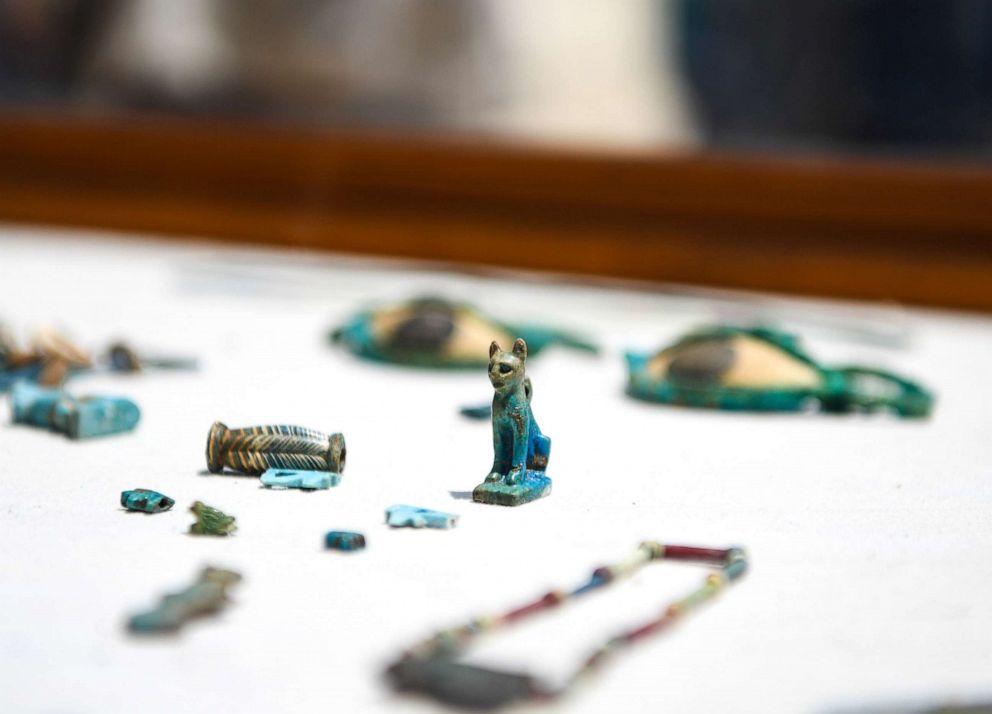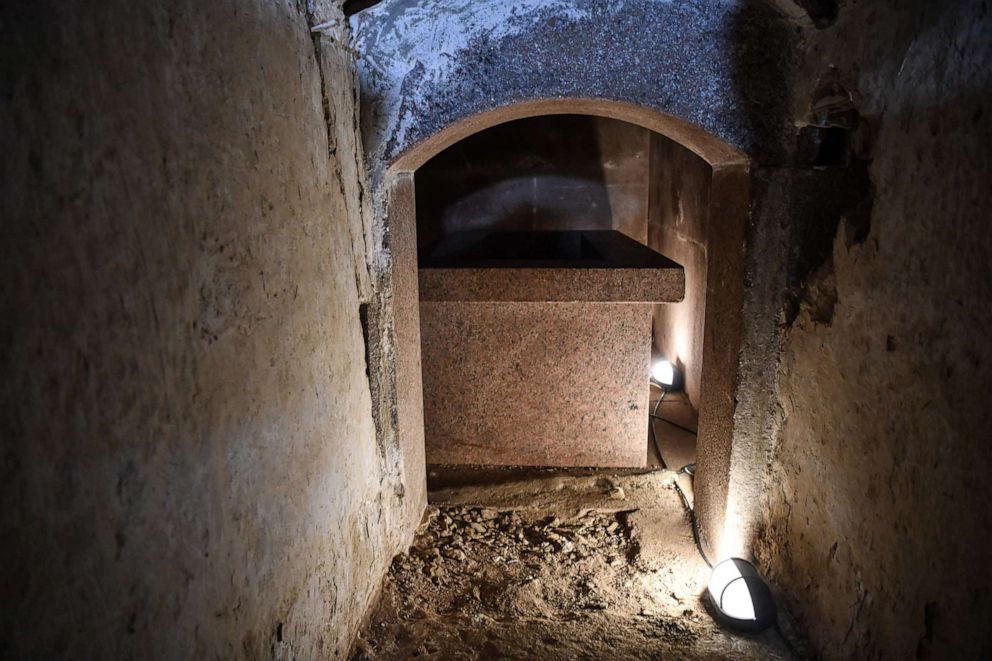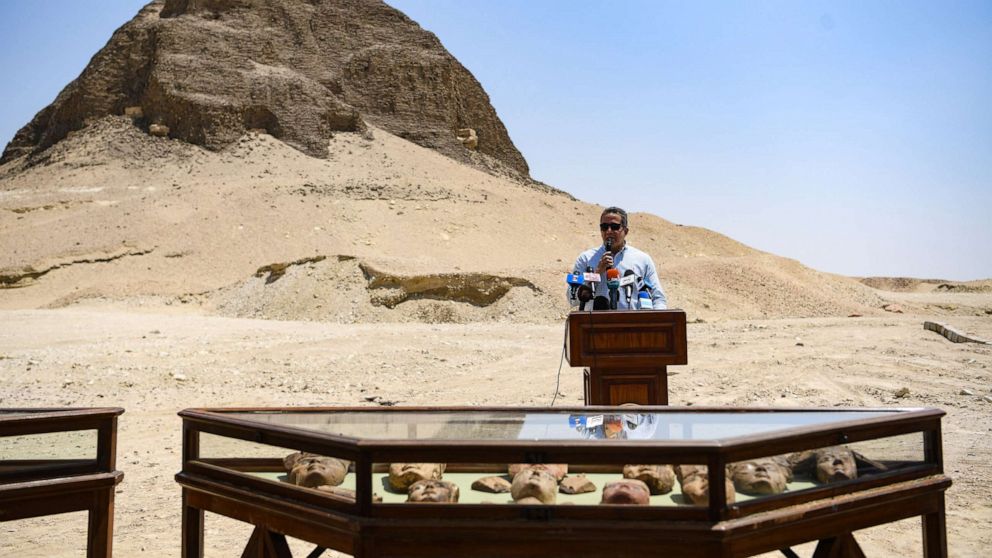Egypt's 4000-year-old Lahun pyramid opens to the public
Cairo, Egypt -- A roughly 4,000-year-old mud-brick Egyptian pyramid is opening to the public for the first time this week, according to the north African nation's antiquities ministry.
The mud-brick Lahun -- or El-Lahun -- pyramid was first discovered by British archaeologist William Petrie in 1889 in Fayoum, about 60 miles southwest of Cairo. In 2009, archaeologists discovered a cache of pharaonic-era mummies in brightly-colored, painted wooden coffins, Reuters reported at the time.
The opening of the little-known pyramid followed extensive conservation and preservation work, Egyptian officials said.

"The conservation work includes the removal of debris found inside the pyramid's corridors and burial chamber and installing wooden stairs to facilitate its entrance," Mostafa Waziri, General Secretary of the Supreme Council of Antiquities, said in a statement.
"It also includes re-installing the fallen stones in the hall and corridor to its original location after restoration, as well as restoring the deteriorated stones of its floor and installing a new lighting system."

The pyramid was built during the reign of 12th dynasty pharaoh Senusret II, who ruled Egypt from 1897 B.C. to 1878 B.C., according to the antiquities ministry.
The pyramid's entrance lies on its southern rather than the northern side, unlike most of Egyptian pyramids.
In the same complex, artifacts were also discovered in one of the Middle Kingdom tombs on the southern side of the pyramid.




